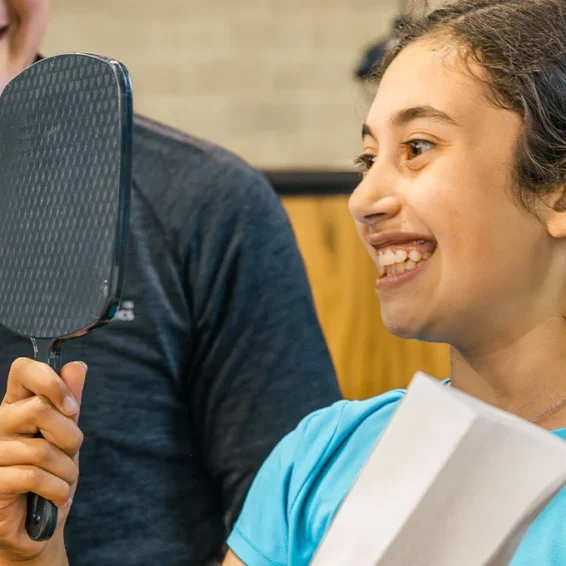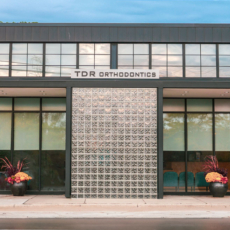Rubber Bands for Braces
One of the most unpopular aspects of orthodontic treatment is the rubber band. This tiny, innocent piece of rubber causes more headaches for patients, parents, assistants, and doctors than just about anything else we use.
So, What is the Deal with Rubber Bands?
What are they doing? Why do we ask some of you to wear them at night only, others for 18 hours per day, and some full-time? Your questions will hopefully be answered below.
There are two basic types of rubber bands: those that move your teeth in a front to back direction, and those that move them up and down. If you have read the “Beginner’s Guide to Orthodontic Language” you should know that a Class II bite is one where the lower teeth are behind the upper teeth.
The “Class II elastics” aim to bring the bottom teeth forward and upper teeth backward. Since the Class III bite is just the opposite, Class III elastics aim to bring the upper teeth forward and lower teeth backward. Check out the photos below for a visual representation of how the teeth are moving.
What about the Up-and-Down Types of Elastics?
Once the teeth are close to their correct position, we want to make sure that they fit together really well. T help this happen, we will have patients wear “triangle” or “box” elastics. The typical triangle elastic hooks to one tooth on the top and two on the bottom in a – you guessed it – triangle fashion.
On the other hand, box elastics hook up to two teeth up top and two teeth on the bottom. To be efficient we can have patients use “Class II triangle” elastics that help bring the lower teeth forward and the teeth together at the same time.
Now comes the time dilemma. Very often we ask people to wear their elastics full time or for 18 hours per day. When they take the liberty of wearing them a bit less, that patient is shocked their braces are taking longer than we anticipated!
In general, when we ask a patient for full-time elastic wear, we are looking for a sizable amount of bite correction. Wearing elastics is similar to pushing a big ball up a hill. If you push that ball consistently all day you will get to the top sooner than if you stop and let go of that ball for a while and let it roll back down the hill.
When we need a small amount of correction or have completed a large amount of correction and want to back off slightly, we will ask patients to wear their elastics for 18 hours (generally that is all the time except for school hours). If we want to hold the teeth where they are we will often simply ask for nighttime wear.
When We Ask for a Certain Amount of Rubber Band Wear, We Are Doing So for a Reason
We all understand that rubber bands are a pain in the rear, but they are a necessary evil for almost every orthodontic patient. Studies have shown that poor rubber band wear can extend treatment significantly.
PLEASE wear your rubber bands as we ask because although we LOVE seeing our patients, we would rather be checking your retainers (we will address that issue in another post), and not begging you to wear your rubber bands.






